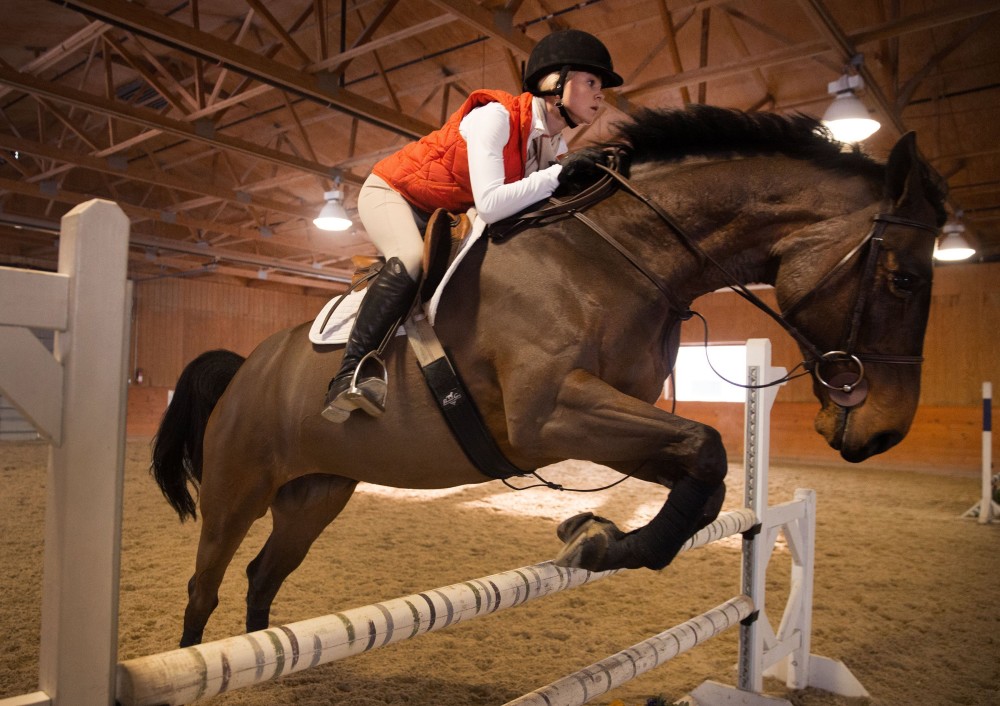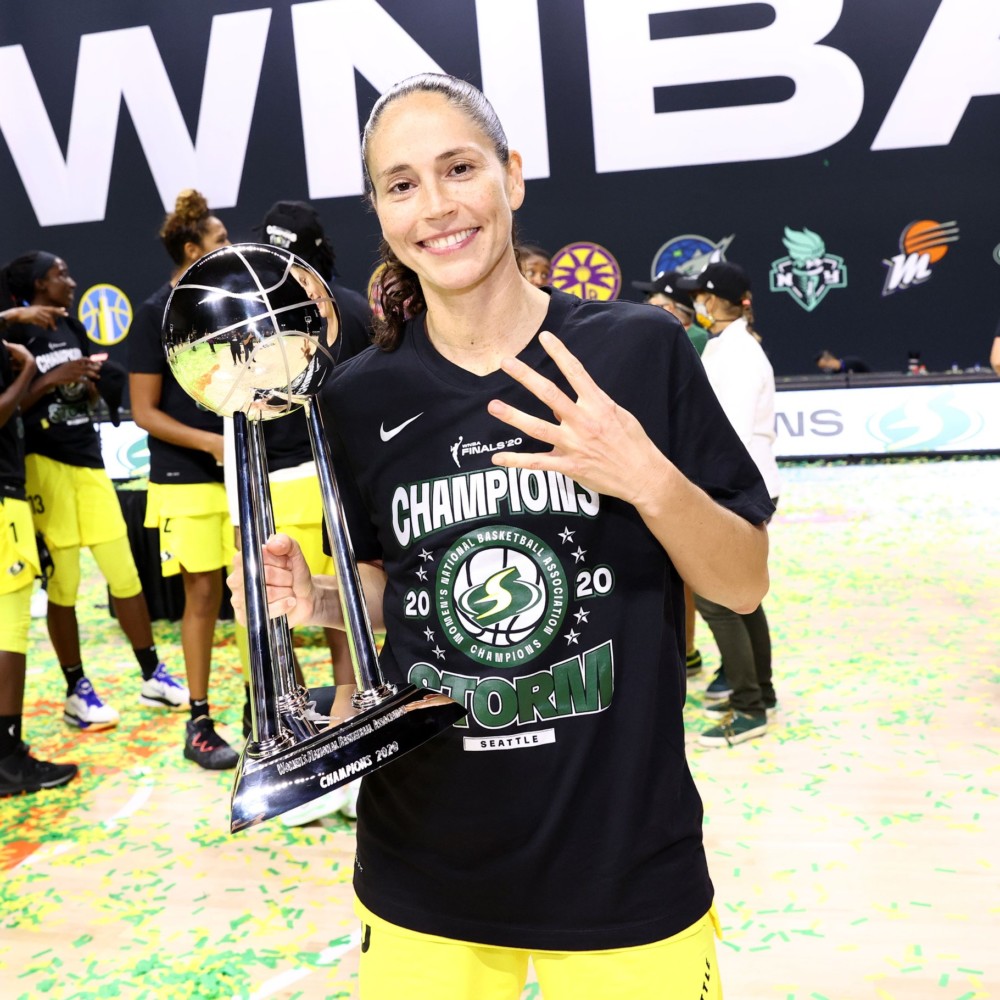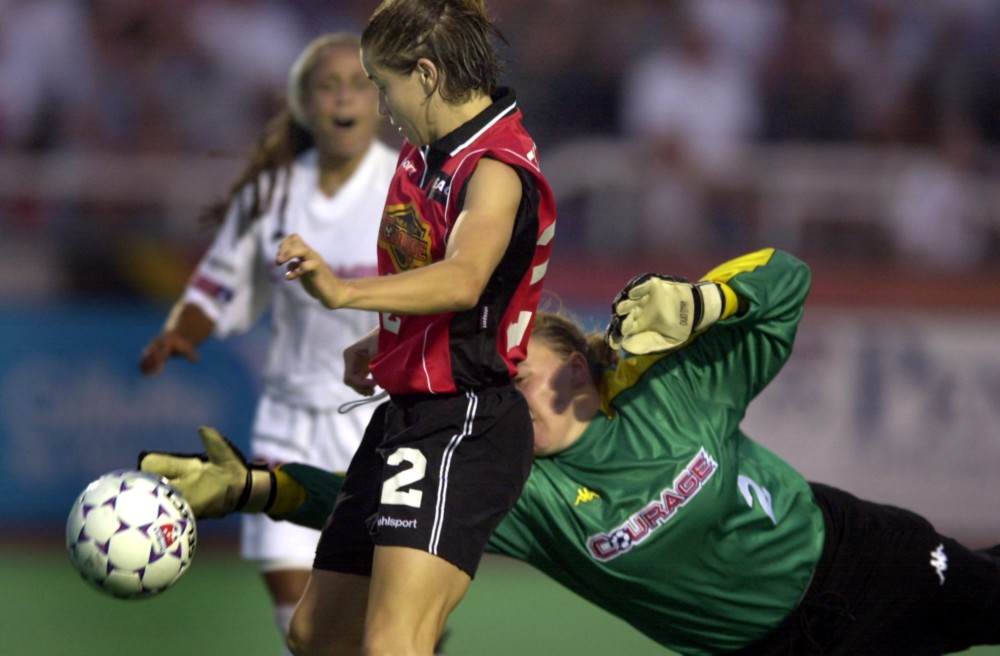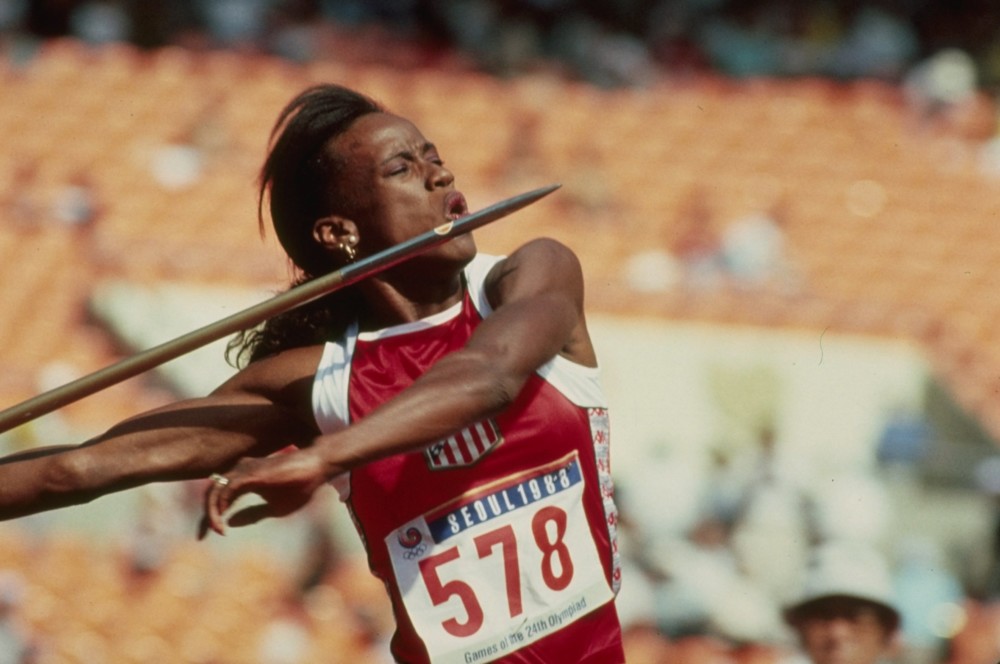By John Keilman
Chicago Tribune.
CHICAGO
Tara Montgomery didn’t think much of rowing when she first gave it a try.
Though she outdid all of her high school classmates on a strength test that gauges aptitude for the sport, she didn’t attend practice until her mom, struck by the swelling number of college scholarships offered by women’s rowing teams, bribed her with the promise of an iPhone.
Four years later, Montgomery, an 18-year-old senior at Chicago’s Innovations High School, has gotten much more than a gadget out of the sport: She has been offered an athletic scholarship at the University of Tennessee at Knoxville that she says will cover nearly all of her college costs.
“I have a single mother; she could not afford for me to go to a four-year university,” Montgomery said after a recent practice.
“I’d either be buckets and buckets in debt or at a community college next year if it weren’t for this sport.”
College sports are booming, thanks to gargantuan TV contracts and the increasing use of athletics as a marketing tool, and women’s teams are enjoying much of the bounty.
NCAA statistics for 2011-12 show they are chipping away at the scholarship gap after decades of inequality, with much of the growth coming in sports that barely dent the public consciousness.
Unlike the men’s side, in which the big money spectacles of football and basketball account for more than half of all athletic scholarships, women’s scholarships are spread more evenly among a wider range of sports.
That has produced favorable odds for some high school athletes: Female rowers, for instance, have roughly a 1 in 3 shot at landing a scholarship.
“It’s a good thing to create those scholarship opportunities, but it creates an interesting dynamic,” said Ryan Wells of NCSA Athletic Recruiting Network, a Chicago-based recruiting service for high school athletes. “In some established sports like football and men’s and women’s basketball, there’s too much talent (compared with) the scholarship opportunities that exist. You have the inverse for these emerging sports.”
Just like the boys, though, Chicago-area girls who have claimed scholarships in low-profile sports have had to work for them with single-minded discipline and focus.
And while the payoff can vary, ranging from a full ride to just the cost of books, many say the recognition itself is meaningful.
“It’s sort of unreal,” said Katie Appell, 17, an Oak Park and River Forest High School senior who has received a partial scholarship to play water polo at Mercyhurst University in Erie, Pa. “When I first started playing, I couldn’t imagine that that would ever happen. But I love the sport. My friends say I’m obsessed with it, it’s all I ever talk about. To be able to continue on with it for at least another four years, it’s really exciting for me.”
Bowling:
53 colleges, 358 scholarships
When Julia Bond started bowling at age of 11, her father, also a novice, pointed out bowlers who looked like they knew what they were doing and told her to copy them.
He must have chosen well, because seven years later, Bond, a senior at Waubonsie Valley in Aurora, Ill., became one of the most sought-after recruits in the country with two perfect games on her record.
In November, she accepted a full scholarship offer from the University of Nebraska.
“I enjoy the competitiveness,” said Bond, who last month led Waubonsie Valley to its second consecutive state title. “Bowling is a team sport but you still have to perform by yourself. If something goes wrong, you can’t blame anybody but yourself.”
NCAA statistics show that women’s bowling scholarships have almost doubled since 2005, the fastest growth rate of any college sport, and Marty Miller, Bond’s high school coach, said he gets frequent emails from fledgling programs looking for athletes.
He added, though, that only dedicated, successful, hardworking competitors need apply.
“We’re not talking about pizza and Coca-Cola, strobe lights and balloons (at the lanes),” he said. “If you want to be good at it, you become darn serious.”
Bond expects her game to get serious indeed at Nebraska, which won the national championship last year.
“I’ve been able to meet some of the girls, and they’re awesome,” she said. “There’s much more of a competitive drive. They all know what they’re doing, so I think it will be a more intense experience for me.”
Equestrian:
23 colleges, 540 scholarships
College recruiting tales usually involve coaches bombarding talented athletes with phone calls, text messages and personal visits.
That’s not exactly how it played out for Hayley Banas, a senior at Loyola Academy in Wilmette, Ill., who has received a partial equestrian scholarship to Southern Methodist University in Dallas.
“Initially, she found me,” said coach Natalie Burton. “She was very enthusiastic about college equestrian, SMU in particular, and she emailed and called a lot, definitely something I recommend. She got my attention.”
College equestrian involves jumping and a dressage-like display of riding skills, often on horses the athletes have never ridden.
Competitors are valued for their “soft, educated hands,” Burton said, a level of dexterity that takes years of practice to achieve.
Banas, 18, of Lake Forest, Ill., took her sport so seriously starting out that she spent two hours a day, every day, on one of her family’s horses.
When she got to high school, she spent months getting home-schooled so she could live and train in Florida, where top riders compete in a winter circuit.
“It’s a life commitment,” said her mother, Susie Banas. “Scholarship-wise, if they decide to ride in college, it’s just a bonus.”
College equestrian isn’t found at many schools, but Burton said the sport is slowly growing.
While full scholarships are exceptionally rare, Hayley Banas said she views her award as validation.
“It’s pretty cool just to say that I have a scholarship to college,” she said. “I’m just lucky to have gotten one for doing what I love and succeeding at it. I find it really rewarding when I have worked so hard and had it pay off.”
Rugby:
7 colleges, 24 scholarships
Relatively few Illinois girls play rugby, so when Frank Graziano goes looking for athletes to join his women’s team at Eastern Illinois University, he has to guess how their skills on the track or the basketball court will translate to the field.
One good sign is aggression.
“I was looking at a basketball player (from a downstate high school), and she is just a tough, hard-nosed kid, pushes people around in the paint,” he said. “When I talked to her about rugby, her dad said, ‘Now you’re not going to get in trouble for fouling.’ ”
Eastern Illinois is one of a handful of schools that offer modest scholarships for women’s rugby, but Graziano said the sport, poised to become an Olympic event in 2016, is gaining momentum.
Two more universities plan to add teams in the fall, and Graziano said he and fellow coaches are setting up the first NCAA rugby conference.
One of Eastern’s players is Jasmine Gardner, 19, a sophomore from Calumet City, Ill. Graziano saw her running sprints at a track meet during her senior year at Seton Academy in South Holland and offered her a partial scholarship.
“He sent me a packet with information on the game, links to videos, stuff like that,” she recalled. “It was nothing that I would have found on my own, I didn’t even know what rugby was.”
She has grown to love the physicality of the sport despite her small stature, and the respect scholarship athletes get on campus isn’t bad, either.
“(Other students) think it’s cool that you got a scholarship to play that sport,” she said. “It helps me to be held to such high standards, even in the classroom. The teachers expect more from you.”
Rowing:
106 colleges, 2,000 scholarships
Kate Stolar tried a lot of sports growing up, but she didn’t show a knack for any of them. In T-ball, she held her glove above her head so indiscriminately that her dad called her “The Statue of Liberty.”
When she tried out for the dance team at Chicago’s Jones College Prep, she didn’t make the cut.
There didn’t seem to be much promise in rowing at first, either.
She joined the Chicago Rowing Foundation her freshman year, and while she enjoyed the teamwork, she knew that at only 5 feet tall, she didn’t stand much of a chance against competitors who were often a foot taller.
But then she got a chance to be the coxswain, the person who steers the boat and shouts directions and encouragement to the rowers.
It turned out to fit her perfectly.
“That position demands a pretty specific body type,” said her coach, Mike Wallin. “You have to be small, you have to be light.
But beyond that you have to be somebody who’s really loud, who likes to be in charge, who thinks under pressure. … Her job is not only to steer the boat but to keep the rowers calm and aware of where they stand in the race.”
That confidence was vital when Stolar, 17, began to search for a scholarship. She treated the hunt as though she were searching for a job, chatting up college coaches at competitions and issuing a relentless stream of emails and phone calls.
The effort paid off in November, when she accepted an athletic scholarship that will pay for her books at the University of Wisconsin at Madison, no fortune, certainly, but a welcome reward for an unlikely athletic career.
“The fact that I’m even a (Division 1) athlete just blows my mind,” she said. “I’m not that athletic but I’m a very competitive person. When I’m out with these girls that are like 6-2 and doing crazy things with their bodies, it’s just crazy to know that I’m a member of the same team.”

















































































































































































































































































































































































